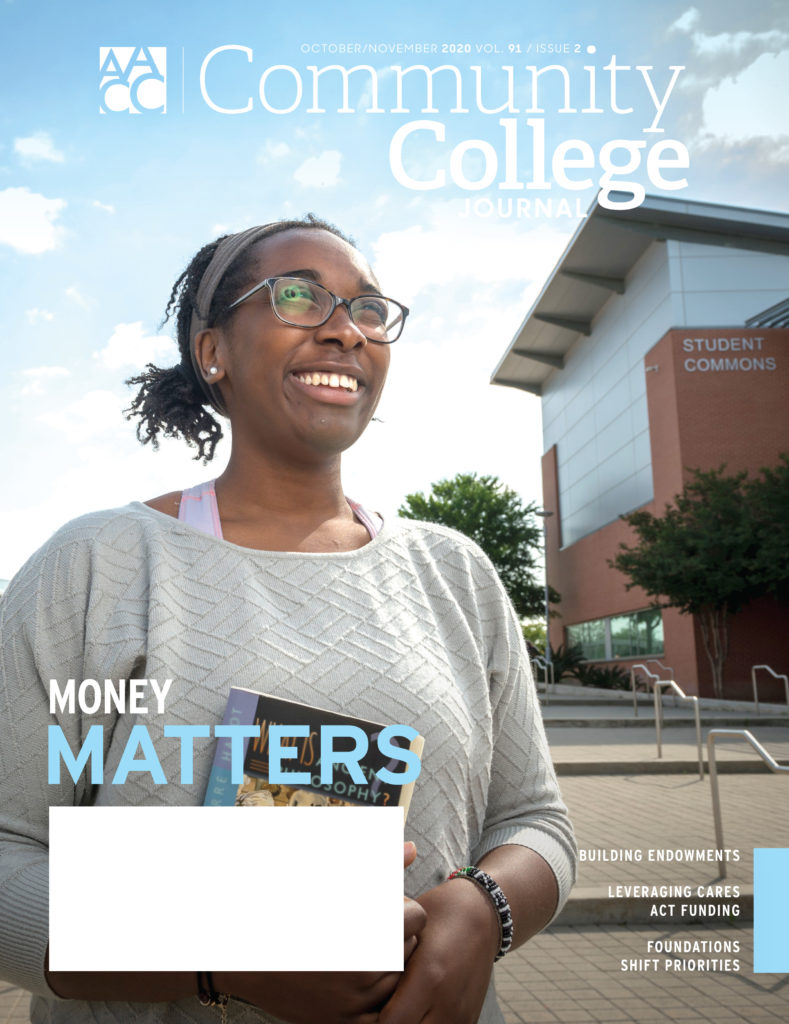Politics can be divisive. Nowhere is that felt more deeply than here in Washington, D.C., during an election year. Yet, politics are a part of any organization and effectively leading through the ideological divisions can be a challenge for any community college president.

From labor negotiations to the naming of a new facility, politics play a role in almost every aspect of our lives. Compromise has itself become a divisive issue on Capitol Hill, but as a community college president, it is your job to find common ground and implement policies and procedures that will advance the college.
It is easier said than done when competing interests are advocating for their own beliefs. I find that starting from a shared assumption that all parties want what is best for students sets a positive tone from the beginning. If student success remains at the heart of your efforts, then you can find a pathway to get to that goal.
Editor’s note: This article comes from the new issue of Community College Journal, the flagship publication of the American Association of Community Colleges for 90 years.
In finding compromise, it is a reality that no one will get everything they desire. As a leader, you will need to clearly communicate that in a manner that does not negatively impact the negotiations before they even begin. Listening is paramount. Bring different voices and opinions to the conversation and truly listen to them. I encourage you to embrace differences. When people feel heard and respected, then they are more likely to join you on the journey to compromise.
Listen with intent to process

A benefit of listening with empathy is that it can open your mind to alternative ways to meet the goal. We all bring a specific lens or viewpoint to any situation. Whether we admit it or not, we often listen with the intent of responding instead of with the intent to process what is being said. Just being aware of this can help you to listen more effectively. Consider the alternatives without prejudice and work to develop solutions that may benefit from a different perspective.
For me, it is about creating a win-win scenario for all involved. In bringing together different voices, perspectives and opinions, I have found that often the outcome becomes something greater than imagined. Ask anyone on my team and they will tell you that I employ the “2+2=5” mentality when it comes to working together toward solutions where the sum of the parts is greater than the individual components and everyone benefits from the shared perspectives.
Toward a common goal
Once you have determined a pathway to your goal, communicate it respectfully to those who have contributed. Focus on the collaboration and the willingness of participants to work toward a goal and put aside personal wants for the better of the collective whole.
I recognize that finding compromise is rarely easy, but it is essential to success for any community college leader. Our community colleges are operationally complex. They succeed and thrive because of the dedicated educators who bring a passionate commitment to student success. At the end of the day, we all want to provide the best for our students and our communities and that is always a great place to start.





